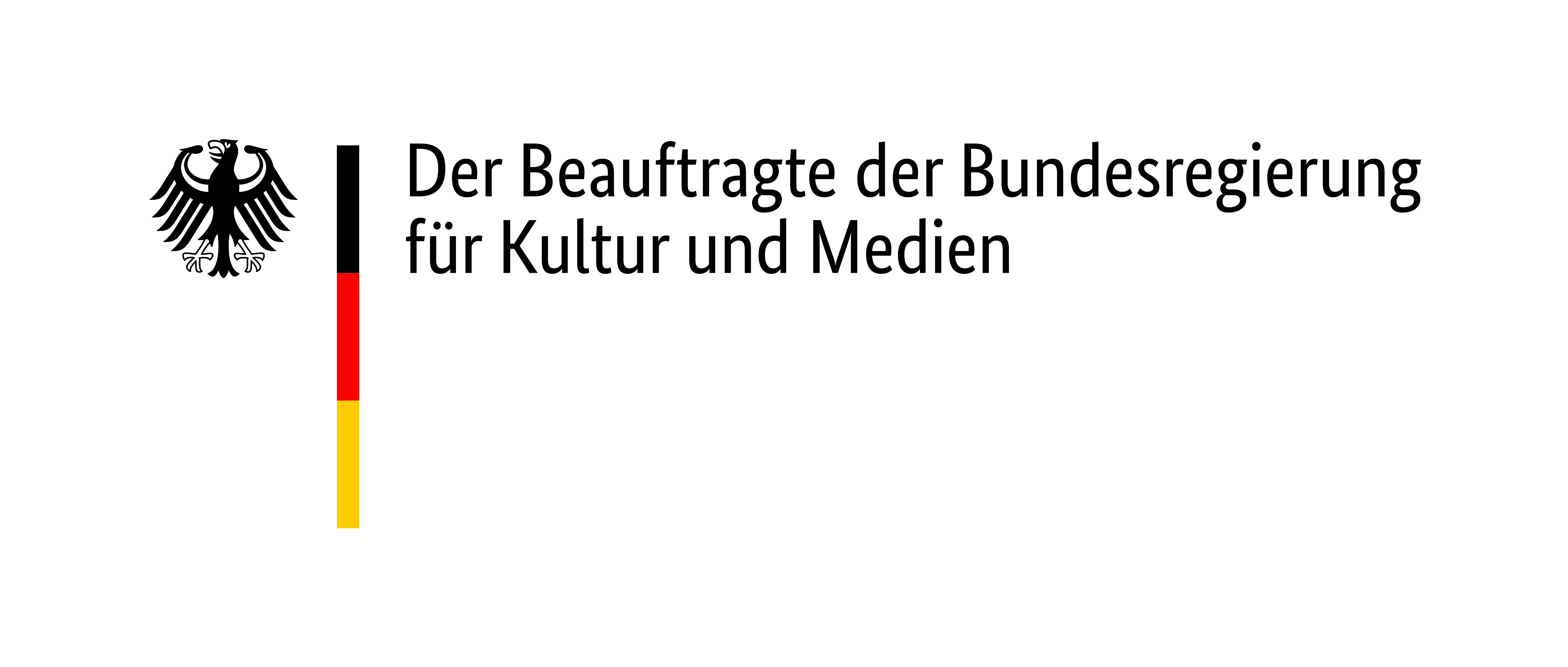Born in 1898 in Agropoli, Italy, Siegfried Tschierschky took part in the First World War, was wounded and interned. During the interwar years, the trained carpenter struggled to make ends meet. As a student at the Vereinigte Staatsschulen für freie und angewandte Kunst, Tschierschky took a clear stance against the exclusion of Käthe Kollwitz in 1933. He later tried to adapt to the Nazi dictatorship for a time, but remained suspicious of the new rulers. He was drafted into the Wehrmacht in 1939, took part in the Second World War and was taken prisoner by the British in 1945. A member of the SED since 1946, he taught at the State Academy of Architecture and Fine Arts in Weimar.
Tschierschky designed a series of socialist monuments, but despite his proximity to socialist realism, he was accused of "formalism" in the early 1950s. As a pioneer of breakthrough sculptural walls in architectural façades, his influence extended beyond his immediate artistic work. He retired in 1964 and died at the end of 1965 in Weimar, where traces of his work can still be found sporadically in the cityscape, including in the form of portraits of Walter Gropius and Henry van de Velde in the foyer of the Bauhaus University.

